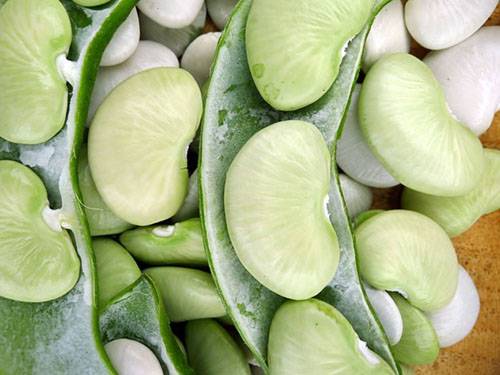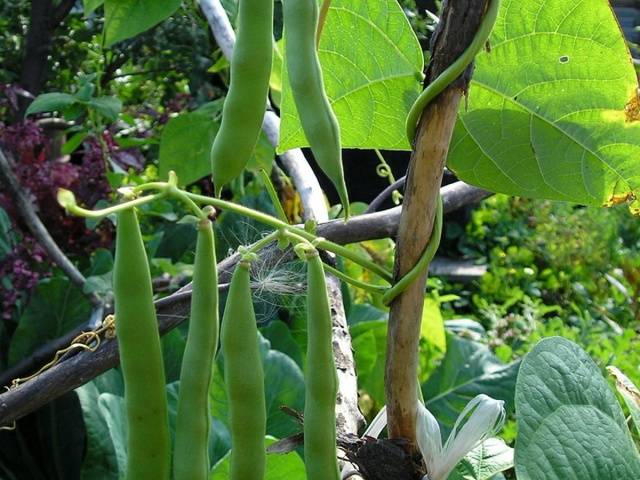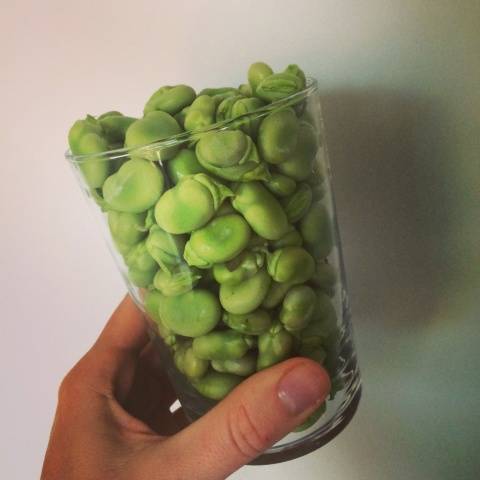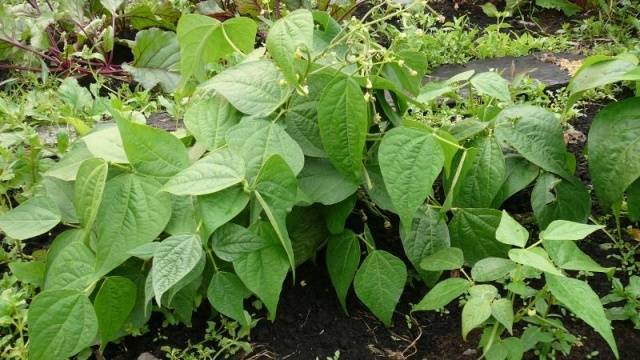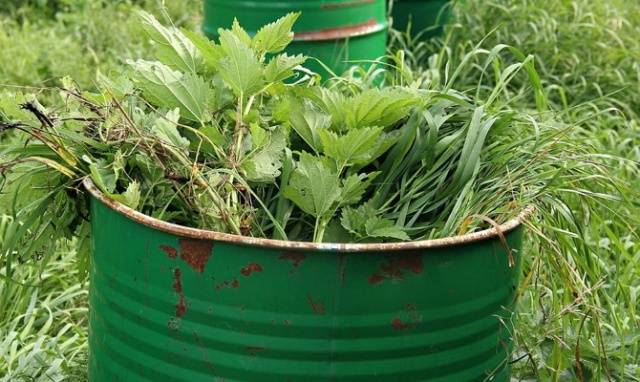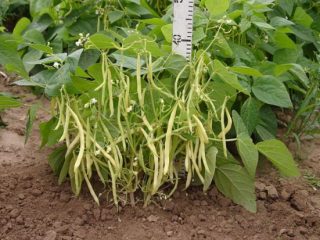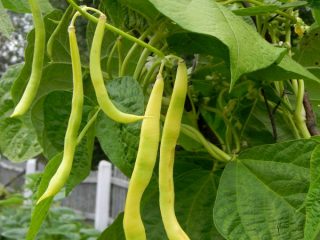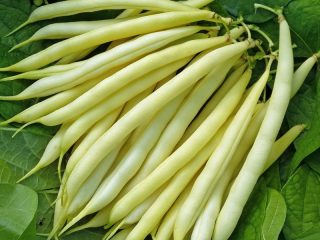For the first time, Europeans learned about the existence of lima beans in the city of Lima in Peru. This is where the name of the plant comes from. In countries with warm climates, the plant has been cultivated for a long time. In our country, even in the southern regions: in the Caucasus, in the Krasnodar Territory, it occupies small areas.
Benefit
Gardeners in central Russia began the gradual development of lima beans. Growing a plant does not present any particular difficulties. The benefits of eating beans are enormous, due to their rich vitamin and mineral composition, the presence of fiber and vegetable protein. Fiber or coarse dietary fiber has a beneficial effect on the digestion processes, helps to cleanse the intestines.
Beans, which belong to the legume family, have long been known to vegetarians as a valuable food, especially lima beans, which are rich in protein. Only in the presence of protein in the diet, our body forms new tissue cells. Magnesium, potassium, manganese are quite rare trace elements found in beans. They have a beneficial effect on the heart and blood vessels, normalize blood cholesterol levels.
Description of the plant
"Meat from the garden, butter meat, butter" - that's how they say about lima beans. Indeed, the fruit has a pleasant butter flavor. It is not for nothing that beans are considered the main breadwinner in their homeland.
Lima beans A sweet bean grows quite large, about 1.4-1.6 meters.
Fruits are large curved pods, 9-11 cm long, contain from 3 to 5 seeds of pale greenish or white-green color. The beans are round, flattened. The peel of the fruit of the Sweet Bean is thin, enveloping the delicate fleshy pulp of the beans. The greatest health benefit is when beans are eaten when they are milky when they are not hardened. The protein is then absorbed in the best possible way.
Fruits of biological ripeness are suitable for further long-term storage. Many people believe that the taste of ripe beans is much worse, and longer heat treatment is required.
Fruits of the Sweet Bean variety can be fried, stewed. The flavor does not change if the beans are preserved or frozen. Fresh fruits have a pleasant buttery-creamy taste. You quickly become saturated with them, and the feeling of satiety will be long lasting.
Growing
Gardeners who have experience in growing common beans will be able to grow lima beans. Best precursors for Sweet Bean: Potatoes, Tomatoes, Zucchini, Pumpkins.
For lima beans, light, well-warmed soils are best suited, through which air and water will freely flow to the roots. Sandy loam soils are most suitable for Sweet Bean. When choosing a location for the Sweet Bean, keep in mind that the variety loves the sun and does not like moisture stagnation in the soil.
The earth is dug up, manure and potassium-phosphorus fertilizers are applied. So, during the winter they become part of the soil and are better absorbed by plants. Lima beans set fruit better, the plant tolerates irregular watering and resists unfavorable conditions.
In the spring, the soil is dug up again and ash is introduced. The seeds of the Sweet bean are planted in open ground, only on condition that the return frosts have passed and the soil has warmed up to +15 degrees. Focus on the climatic conditions of your region. Approximate time for planting: second half - end of May.
Cover the seeds no deeper than 4-5 cm, at a distance of 10-15 cm from each other. Water well, the surface can be covered with peat. The first shoots will appear after 1.5-2 weeks.
A fence can be used as a support, then lima beans will become an element of landscape design, forming a hedge.
80-90 days after germination, the first fruits will appear, which are harvested as they ripen and depending on the stage of the desired ripeness.
Variety Sweet bean can also be planted with seedlings. Planting time for seedlings: early April.
The plant develops well and bears fruit at a temperature of + 20 + 25 degrees. Water the plants regularly, especially if there is a dry period, otherwise, if there is a lack of moisture, the leaves and ovaries of the fruit will fall off. Lima beans respond well to ash fertilization and infusion of green plants. For this nettle, weeds from the garden or other plants are poured with water, insisted for a week, then diluted with clean water 1:10 and watered with Sweet bean.
Lima beans are practically not threatened by pests, moreover, they themselves scare away uninvited guests.
Conclusion
The sweet bean is well suited for backyard cultivation. Compliance with simple agricultural techniques will provide you with a unique product rich in protein and valuable trace elements.
